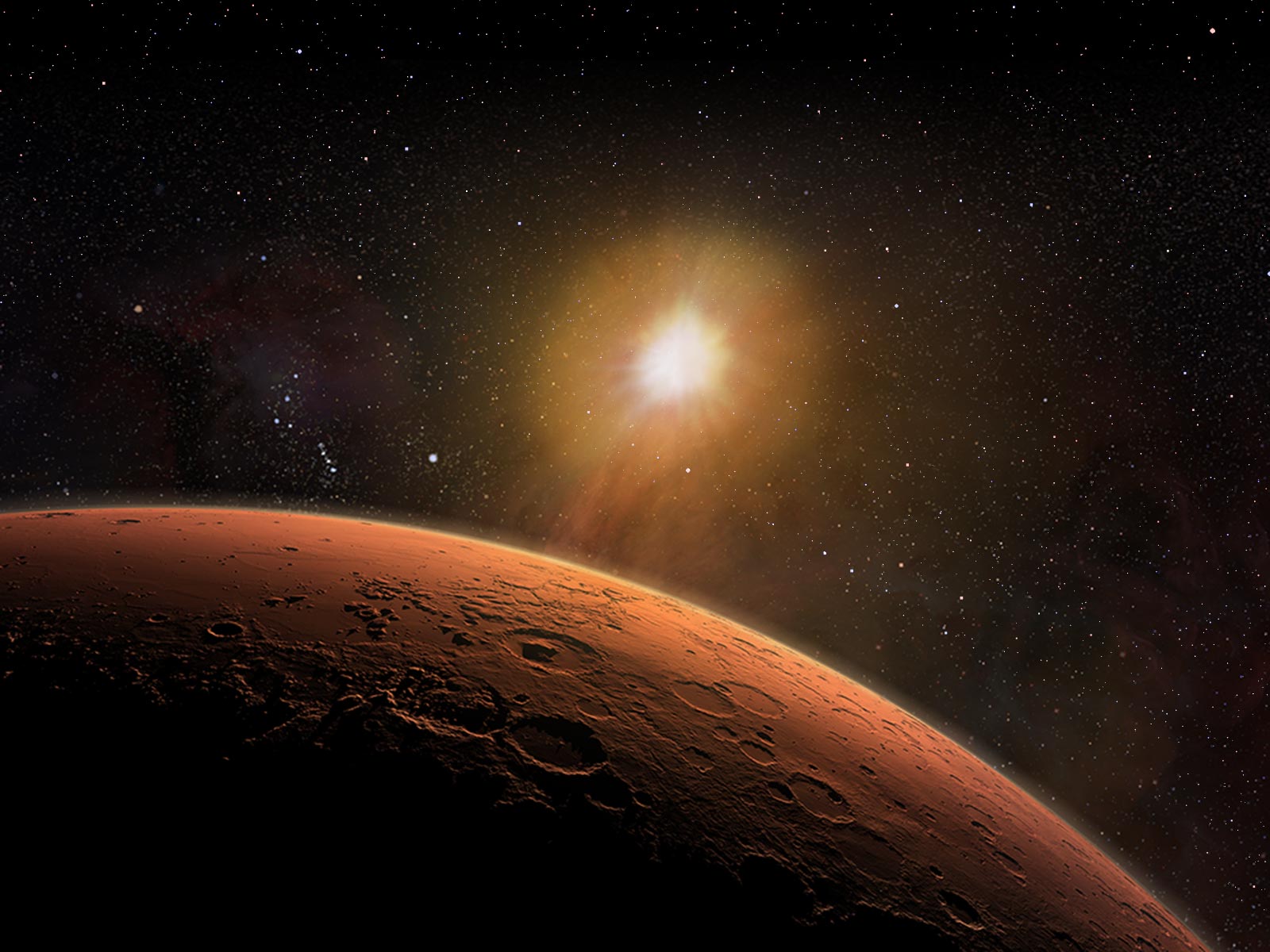


 U.Mars — Encyclopedia
U.Mars — Encyclopedia
The Solar System
Kepler's third law states that the square of the orbital period is equal to the cube of the distance of a planet from the Sun. Another way to say this is that:
P2 / a3 = constant
This was derived based on observations and not on an understanding of physics. Later, Newton came up with the physical reason, gravity, that explained the observations.
When Newton applied the law of gravity to Kepler's third law it became clear that the constant in the law is related to the mass of the object being orbited; that is:
P2 / a3 = 4 π2 / G M
Where G is the gravitational constant and M is the mass of the object being orbited.
Using this knowledge, it is possible to use the orbits of Jupiter's moons to measure the mass of Jupiter. We measure the period it takes for each moon to orbit the planet, and its distance from Jupiter, in order to do that.